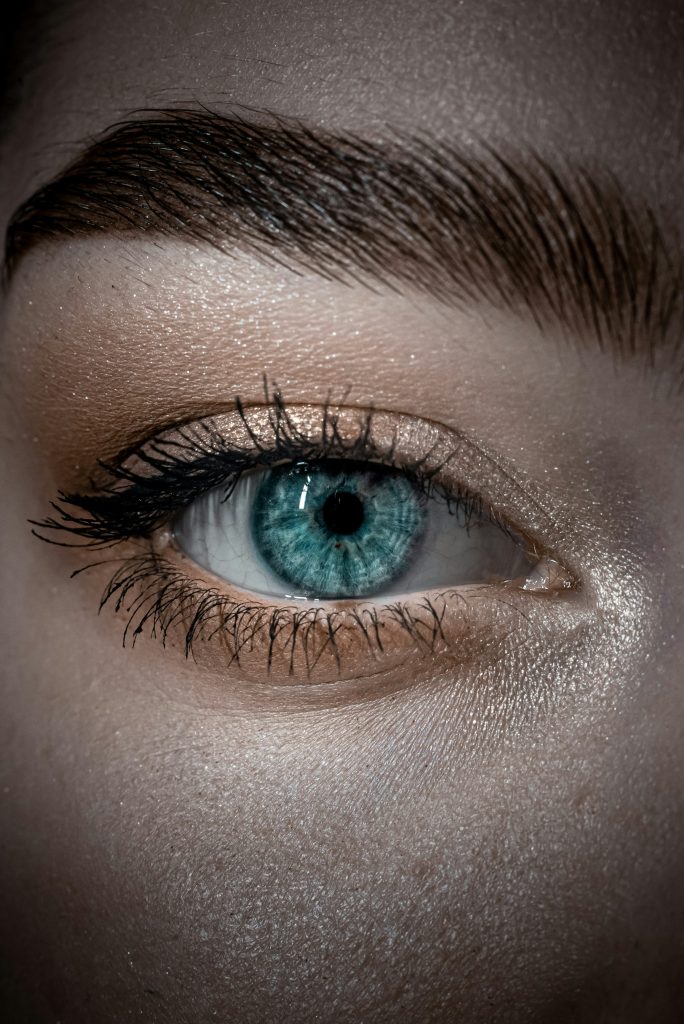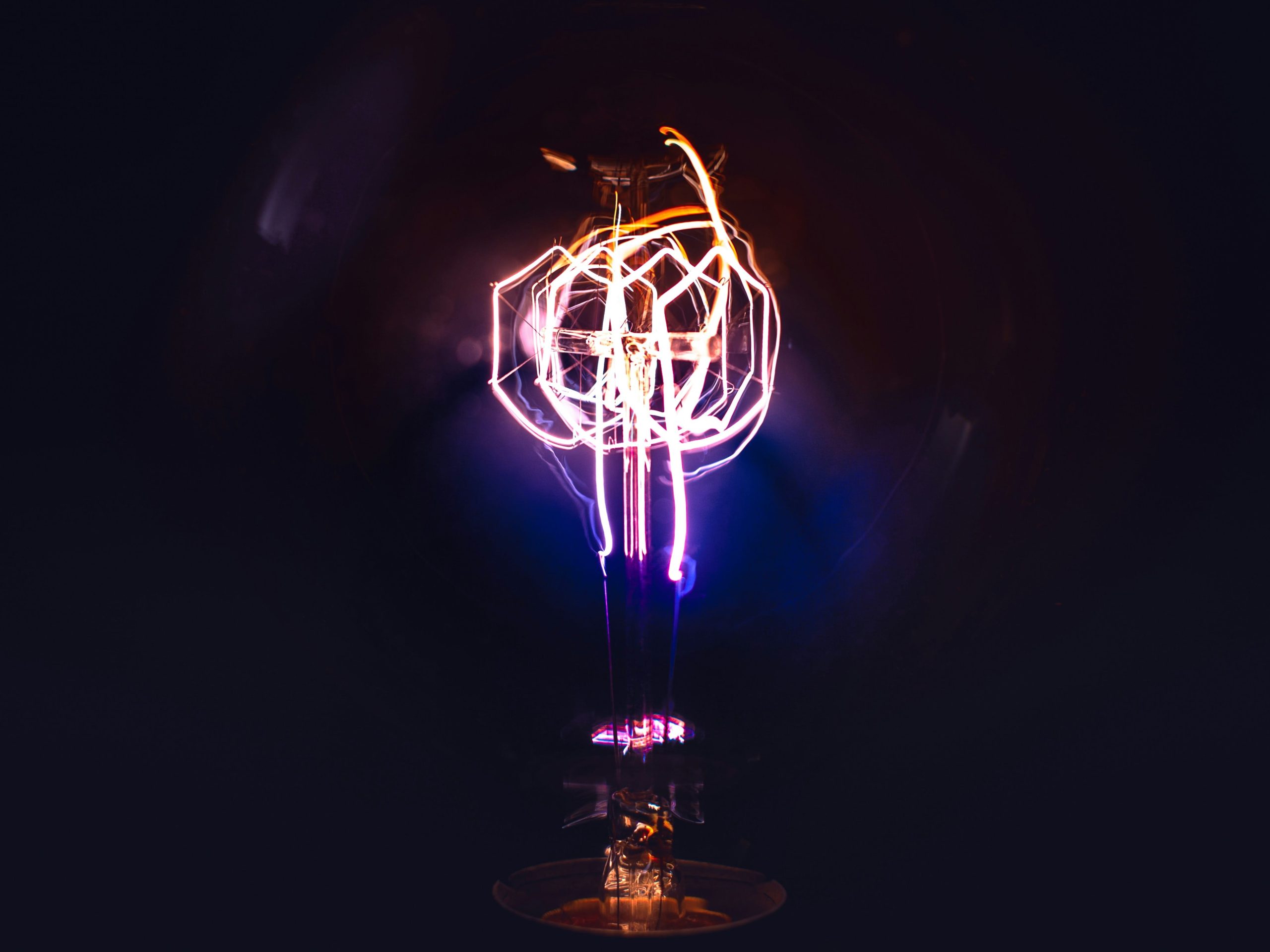5 tips from an AI expert to beat deepfakes

Over half of Brits (53%) either haven’t heard of the term deepfake or have misunderstood its meaning, with only 17% feeling confident in their ability to spot them. Meanwhile, two in five have encountered at least one deepfake in the past six months, as recent reports reveal that over 4,000 celebrities have fallen victim to deepfakes, and 400 digitally altered images of UK female politicians have appeared on a sexually explicit website. In light of this, the experts at AIPRM have compiled five expert tips for spotting deepfakes and protecting yourself from falling for fabricated content. Key points: Fake news often exploits emotional triggers to distort your judgement. Oddities in facial features such as the shape of the face and ears, are telltale signs of a deepfake. Watch for misalignment between audio and visual cues, especially with letter sounds like M, B and P. Disinformation is ranked as a top risk for 2024, with deepfakes emerging as one of the biggest AI threats. Crack the code: 5 pro tips from an AI expert to beat deepfakes Verify the source and context Fake news spread more rapidly than true news on X (previously Twitter), a concerning trend given that almost two-thirds of young adults in the UK rely on social media as a regular news source. Always examine the credibility of the sources behind the content you consume. Is this information coming from a reputable news outlet or a verified official account? If the source is unfamiliar or looks dubious, cross-check the content’s authenticity using reliable news organizations or fact-checking platforms like Google Fact Check Tools. Remember that misinformation often plays on emotional triggers like fear, anger, or outrage to cloud your judgment. When you encounter content that provokes strong emotions, pause and re-assess to ensure you are not being used as a pawn in someone’s game. Observe facial expressions and movements Deepfakes often falter when trying to replicate the intricate details of facial expressions and natural movements. Key areas to scrutinise include microexpressions around the eyes and mouth. Look out for unnatural blinking patterns, disjointed eye movements, or jerky head motions, and check whether the facial expressions align with the conveyed emotions. Details like the uniformity of teeth, hair texture, and facial structure can also reveal deepfakes. For example, Chris Umé’s viral deepfake of Tom Cruise performing a coin trick in 2021 was so convincing that 78% of viewers couldn’t distinguish it from real content. A key giveaway is the shape of the face and ears – deepfakes often have slightly off measurements in these areas, with ears being particularly difficult to replicate. Pausing the video and examining the facial features can help you spot these irregularities. Just as with the infamous deepfake of Obama calling Trump ‘a total and complete dips**t’ – how convincing does this look to you? Credit: Tiktok @deeptomcruise Credit: Youtube @BuzzFeedVideo Use reverse image and video search tools Leverage reverse image and video search tools to trace the origins of visual content. Uploading an image to Google Reverse Image Search can help identify if it’s AI-generated, manipulated, or being used out of context. For videos, tools like InVID can dissect footage and check for any modifications or previous appearances. These searches allow you to find other copies of the image online, helping you verify its authenticity and uncover potential misuse. Look for digital artefacts and inconsistencies Deepfakes often reveal themselves through subtle digital flaws like blurriness or unnatural pixelation, especially around the edges of faces or objects. Pay attention to inconsistencies in lighting, shadows, reflections, or even an extra finger, that might indicate manipulation. Don’t forget to check the background for distortions or irregularities that throw off the scene’s overall coherence. The viral deepfake of Pope Francis in a Balenciaga puffer jacket from last year showed clear anomalies like distorted glasses fused to his cheek and blurred fingers closed around thin air instead of the coffee cup he’s holding, yet still fooled many online. One fun way to sharpen your detective skills is by practising with the Which Face is Real game created by professors at the University of Washington. The more you play, the better you’ll become at recognizing the patterns of AI-generated content. Check for audio-visual synchronisation Spotting a deepfake often comes down to watching the lips closely. Our mouths form specific shapes when pronouncing certain letters, and these movements are tricky for AI to replicate accurately – nearly a third of deepfake videos struggle to match sounds like M, B and P. If you notice the speaker’s lip movements don’t quite align with the sounds they’re making, or if there are oddities in tone or pitch, it’s a red flag. A notable example is a deepfake video of Mark Zuckerberg, where subtle mismatches between his speech and lip movements exposed the manipulation. AI expert at AIPRM, Christoph C. Cemper, commented: “The World Economic Forum has flagged disinformation as a top risk for 2024, with deepfakes emerging as one of the most alarming uses of AI. If you come across a potential deepfake, the best course of action is to refrain from sharing it. The power of a deepfake lies in its ability to spread, and its impact diminishes if it doesn’t disseminate widely. If you see someone else sharing it, take a moment to courteously inform them and point them to reliable fact-checking resources, especially if the fake has been debunked. Additionally, leverage reporting features on social media platforms to limit its reach. We all must play a role in raising awareness – share your experience and insights on how you recognised deepfakes to help others counteract similar threats. By staying vigilant about the content we consume online, we can collectively fight misinformation and safeguard the integrity of our digital environment.” Upcoming events and contact information Register for The National DevOps Conference and Awards taking place on the 22nd and 23rd of October 2024 in London. For sponsorship enquiries, please contact calum.budge@31media.co.uk For media enquiries, please contact


